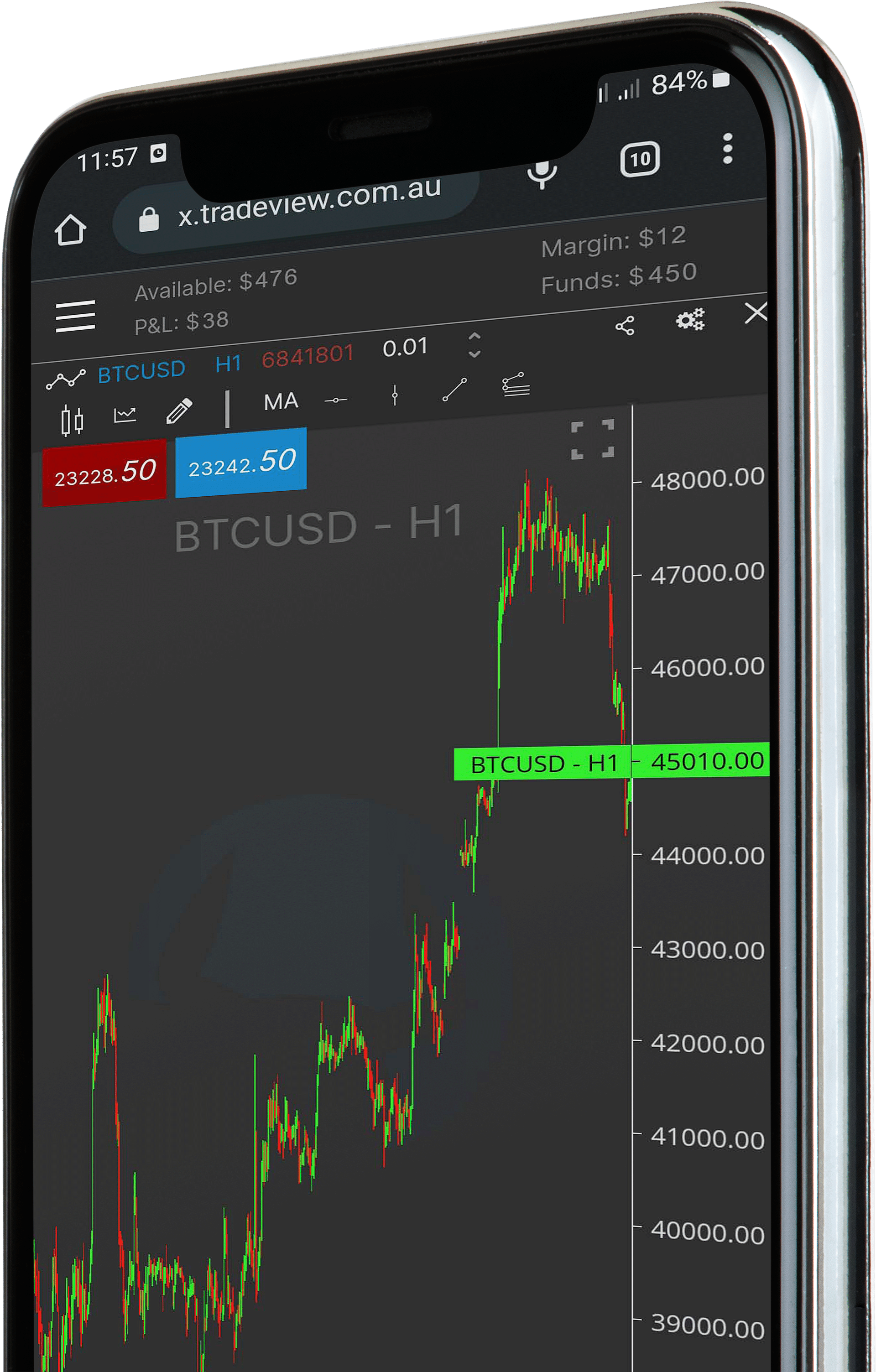Episode 47 – Breakout Trading with Automated Trade Entries.
Are you tired of missing out on big market moves? Do you want to take advantage of price movements and maximize your profits? If so, you may want to consider breakout trading strategies.
In this blog post, we will discuss what breakout trading strategies are, how they work, and how you can use them to make profits in the market. We will also provide some tips and examples to help you get started.

Automate today and never miss the breakout
FOMO? Automate today
What are Breakout Trading Strategies?
Breakout trading strategies are a type of trading strategy that involves identifying key levels of support and resistance in the market and taking positions based on price movements that break through those levels.
The idea behind breakout trading is that when prices break through key levels of support or resistance, it is a signal that a new trend is forming. Traders who use breakout trading strategies take advantage of these signals to enter trades and capture profits.
How do Breakout Trading Strategies Work?
Breakout trading strategies work by identifying key levels of support and resistance in the market and waiting for prices to break through those levels. When prices break through a key level, traders take a position in the direction of the breakout.
For example, if a stock has been trading in a range between $50 and $60, and it breaks through the $60 level, a trader using a breakout trading strategy would take a long position in the stock, anticipating that the price will continue to rise.
However, breakout trading strategies can be risky, as false breakouts can occur when prices briefly break through a key level and then quickly retreat. That’s where risk management comes in.
Risk Management in Breakout Trading Strategies
Risk management is an essential component of any trading strategy, and breakout trading is no exception. To manage risk in breakout trading strategies, traders use stop-loss orders to limit their losses if the breakout fails.
A stop-loss order is an order placed with a broker to sell a security when it reaches a certain price. Traders using breakout trading strategies place stop-loss orders just below the key level that was broken, so that if the price retreats, they can exit the trade with a minimal loss.
Tips and Examples:
Here are some tips and examples to help you use breakout trading strategies:
-
Use multiple time frames to confirm breakouts and reduce the risk of false breakouts.
-
Consider the volume of trading when analyzing breakouts. High volume can confirm the validity of a breakout.
-
Use technical indicators, such as moving averages and Bollinger Bands, to identify potential breakouts.
-
Set realistic profit targets and use trailing stop-loss orders to capture profits and minimize losses.
-
Practice with a demo account before trading with real money.
Conclusion:
In conclusion, breakout trading strategies can be a powerful tool for taking advantage of price movements and making profits in the market. However, these strategies can be risky, and it’s important to use risk management techniques, such as stop-loss orders, to limit losses if the breakout fails. By using multiple time frames, considering trading volume, and using technical indicators, you can increase your chances of success and achieve your trading goals.
We hope you enjoy the video. To see what other topics we have covered, check out our YouTube channel for previous episodes of Trading Talk.
To see all the Trading Talk episodes in full check out www.tradeview.com.au/trading-talk/
Ready to start trading? Sign up with our Partner Broker www.tradeview.tech




